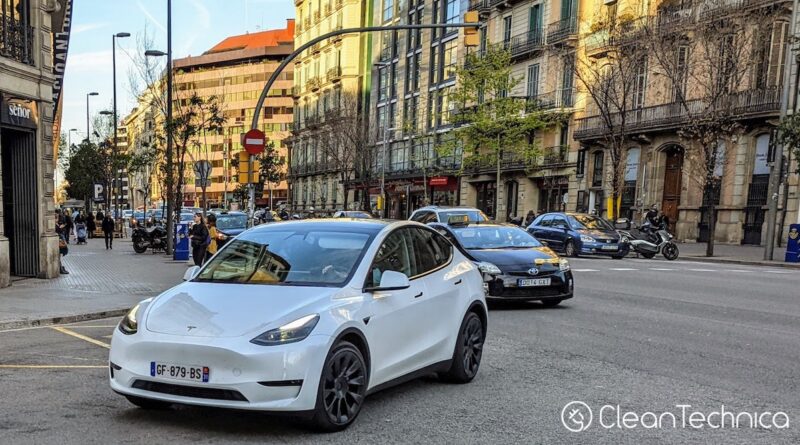EU’s Carbon Credit Strategy Threatens Climate Goals, Experts Warn

The European Commission’s recent decision to permit carbon offsets as part of its strategy to achieve a 90% emissions reduction by 2040 has sparked significant concern among environmental groups. Transport & Environment (T&E), a leading environmental advocacy organization, warns that this move could severely undermine Europe’s climate efforts.
The Commission’s announcement aims to provide certainty for Europe’s carmakers, airlines, shipping companies, and other key industries regarding the continent’s green future. However, the inclusion of carbon credits as a tool to meet emissions targets has been met with criticism. T&E argues that this approach contradicts previous commitments and could set a dangerous precedent, allowing other climate obligations to be diluted through offsets.
The Controversy Over Carbon Offsets
The debate over the efficacy of carbon offsets is not new. An investigation conducted two years ago revealed that over 90% of rainforest carbon offsets certified by the world’s largest certifier were deemed worthless. According to T&E, relying on offsets diminishes the incentive to invest in proven, technologically available green solutions.
Federico Terreni, climate policy manager at T&E, expressed concerns about the potential impact on Europe’s climate leadership. “Allowing offsets to meet climate goals is a cop-out and risks making a paper tiger out of the European Green Deal,” he stated. “There is no evidence that offsets actually work as intended, and it reflects a worrying chipping away of European climate regulations.”
Economic Implications and Energy Security
T&E emphasizes the economic advantages of a robust 2040 emissions target, highlighting potential savings on fossil fuel imports. The European Commission’s own working document suggests that achieving the target could save between $75 and $100 billion annually in oil costs, much of which would otherwise be imported.
A strong target is crucial for Europe’s transport sector, which alone will represent 45% of EU emissions by 2030.
To meet the ambitious 90% reduction goal, the EU must resist pressure to relax its 2035 zero-emission cars target and its carbon levy on fossil fuels (ETS2). Additional measures are needed to electrify corporate fleets, impose taxes on the aviation sector, and establish stringent CO2 targets for trucks and green fuel targets for ships and planes.
Public Support and Political Challenges
Despite the controversy, public support for ambitious climate goals remains high. A recent Eurobarometer poll indicates that over 80% of Europeans back the EU’s objective of achieving climate neutrality by 2050. This widespread support presents both an opportunity and a challenge for policymakers as they navigate the complexities of implementing effective climate strategies.
The move to include carbon credits in the emissions reduction strategy comes as Europe prepares for the upcoming COP30 climate conference. Critics argue that the decision could damage the EU’s credibility and leadership in global climate negotiations.
Looking Ahead: The Path to 2040
As Europe strives to meet its 2040 emissions target, the role of carbon credits will likely remain a contentious issue. Environmental groups continue to advocate for policies that prioritize direct emissions reductions and technological advancements over offsets.
The European Commission faces the daunting task of balancing industrial interests with environmental imperatives. The decisions made in the coming years will not only shape the continent’s climate trajectory but also influence global efforts to combat climate change.
Ultimately, the success of Europe’s climate strategy will depend on its ability to implement robust policies that drive genuine emissions reductions, while maintaining public trust and international leadership.






